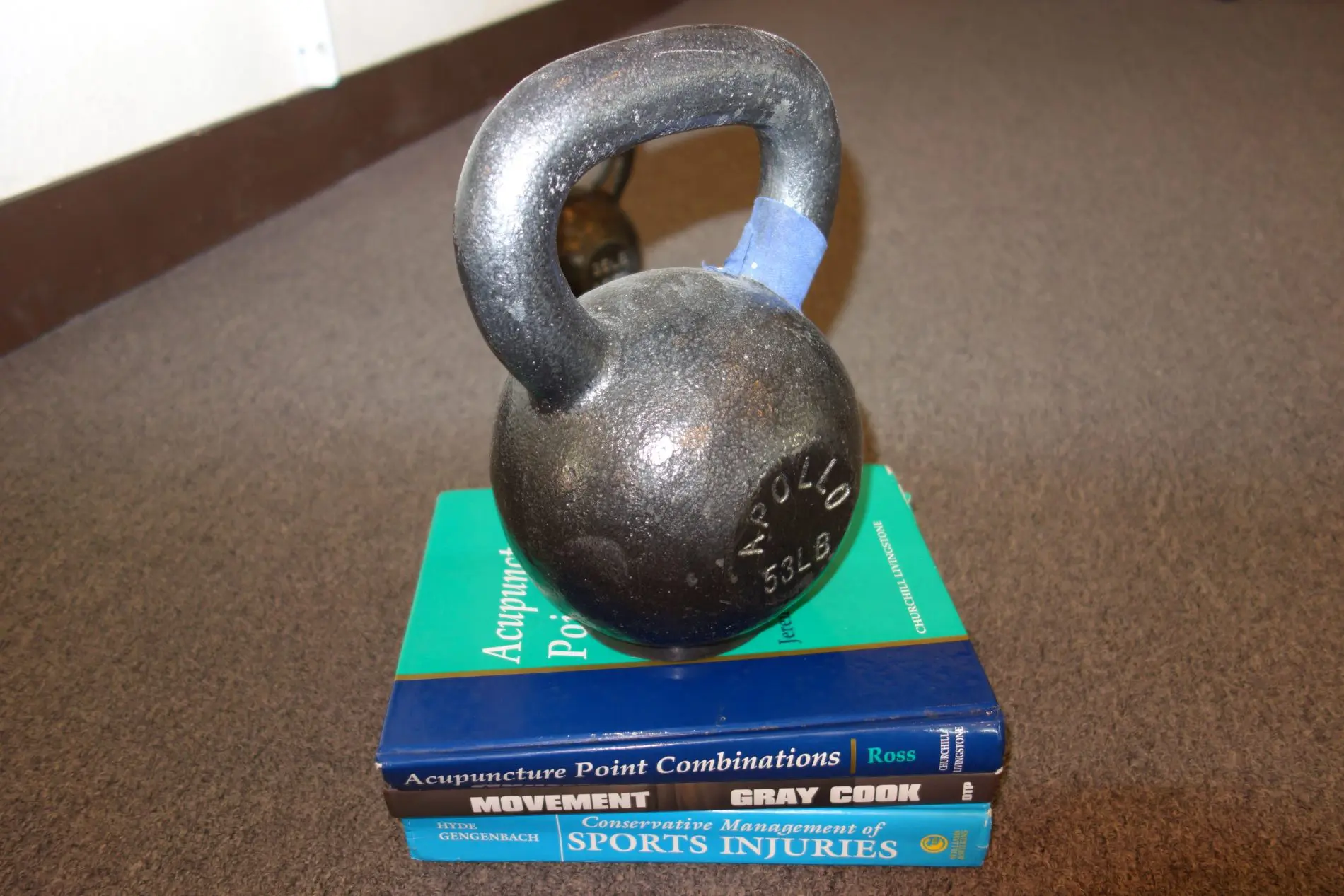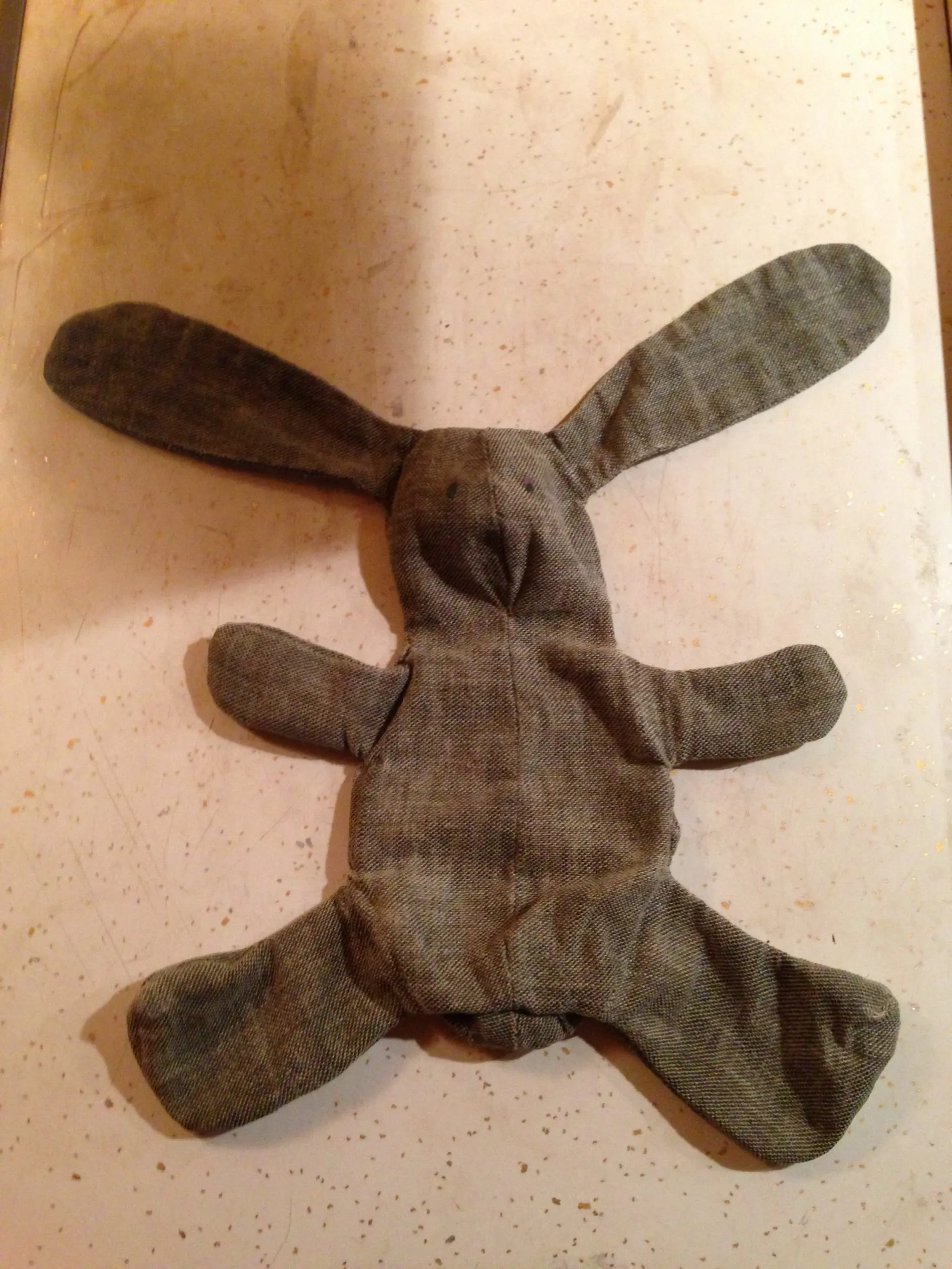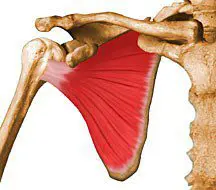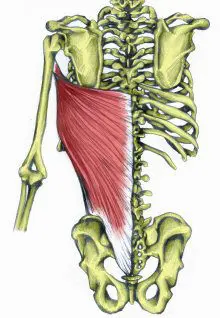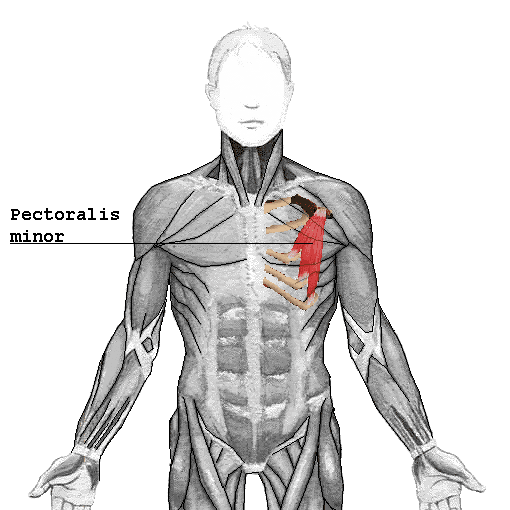Blog
Banded Scap Flow
This is a modification of the Ido Portal Flow where I emphasize scap protraction, change the order of movements and add a banded pull-apart. Use this daily for 8 weeks particularly as a warm-up. As a warm-up do one set with 10 reps each. As a strengthening routine to be used 2-3x/ week hit 3 consecutive sets.
Broomstick Arm Bar
I posted a vid on the broomstick arm bar years ago but it’s buried pretty far back on the blog so here’s an update.
You might be asking yourself “Can I transition this broomstick arm bar into a broomstick TGU? Then can I work that into a broomstick windmill and TGU back down into another set of arm bars?” The answer is yes. Yes you can. I’ll post it in a few.
Sports Chiropractic in Seattle – Bottoms Up Kettlebell for Wrist and Shoulder Stability
Kettlebells are useful tools for creating and overcoming instability at a joint. The problem is that when I teach patients kb moves in the office they are rarely continued at home for want of proper equipment. This series will bridge that gap by substituting kettlebells with around the house objects such as books, brooms and balls.
A big thanks to Tony, Schmollywood and the others up there at CrossFit Alaska for supplying one of my new favorite shirts as seen in this clip. If you’re running low on shirts with pictures of men punching bears, here’s your link. RDD
Lavender, Tee Tree Oil, and Boobs on Boys
I recently had to take my ten year old son’s treasured stuffed animal “Lavender Buns” away from him. I’m having his lavender taken out, having him laundered, and refilling him with mint and chamomile- a full lavenectomy. For the moment, my son is a mess. How do you explain to your son that his treasured friend and lifelong security blanket may block his androgens and make him grow boobs?
A patient of mine brought this to my attention several weeks ago. Her child, a nine year old male began to show signs of prepubertal gynecomastia (breast growth in prepubescent males.) Gynecomastia is generally attributed to conditions that disrupt sex-steroid signaling pathways, resulting in increased or unopposed estrogen action on breast tissue. When she brought her son to her primary care physician, the first question that he asked was “Does you son have contact with lavender or tee tree oils?” This seemed like an odd way to begin the history until she saw a hormonal specialist who began the history with the very same query.
The reason for their concern is an article published in The New England Journal of Medicine which documents three cases of young males ages 4-10 years who presented with acute onset gynecomastia. All three had normal hormone levels and no genetic links to hormone imbalances so environmental factors were suspected. All three were using shampoos or soaps that contain both lavender and tee tree oil. In all three cases, all signs and symptoms of gynecomastia resolved within months of removing the soaps and salves with lavender and tee tree oil as active ingredients.
These somewhat anecdotal findings prompted the researches to conduct an in vitro study isolating lavender and tee tree oils with certain cells with receptors for estrogenic and anti-androgenic activity. Their isolated study confirmed that lavender and tee tree oil exhibit characteristics that contribute to an imbalance in estrogen and androgen pathway signaling.
Conclusion/ What to do:
Do as I did. Find a crafty friend to re-stuff your kid’s lavender pillows/pets. The soap and shampoo issue can be trickier. Lavender is everywhere. Almost all kids’ shampoos and soaps use lavender as an active ingredient. This logically points out the fact that everyone who contacts lavender is not susceptible to estrogenic effects. We found a product called Yes To Carrots. It’s easy enough to find on Amazon, or in local stores in the skincare and shampoo sections.
Stretches for hip pain postpartum
Hi there new Sports Medicine Northwest patient!
This video will serve as cliffs notes for a new patient who just began treatment in the clinic today. She has had difficulty stabilizing her left hip since her pregnancy last year. This manifests as pubic symphysis pain in the mornings, piriformis pain, and lower back pain with lunges and stairs. This combo of 3 simple stretches and one stability move is the starting off point of her rehab.
This stuff may seem a bit tedious but set a good foundation now and it won’t be too long before we integrate kettles and other more interesting/challenging moves.
Sports Medicine Chiropractor in Seattle
Clinic Tour Video
As a sports medicine chiropractor in Seattle it is important to keep up with the advancements and trends in modern sports medicine treatment and rehab. Right now the majority of MLB baseball (as well as the NFL and college ranks) have turned scapular stability, rehab, and prehab to high velocity band work through the Crossover Symmetry and Iron Scap product lines. There is a good reason for this. The preliminary research is promising.
http://youtu.be/jdzD-U5B4co
This is a busy time of year for the clinic with many of our athletes preparing for upcoming MMA fights and the Crossfit Regionals. Our Crossover Symmetry and Iron Scap systems have been ordered and arrive this week. Our athletes will be ready. I am not one to stick with banded exercises and you will likely see these moves modified heavily in my clinic but we believe in equal opportunity healing. We don’t let the pros keep exclusive access to anything. There is plenty of shoulder stability to go around. Make room for my weekend warriors, office workers, and for the Sports Medicine Northwest patient athletes.
Quick SMR for your Droopy Front Rack Position
A patient just asked me to write down a description of the stretches that I taught him at our first session. No Sir. I’m not taking that bait. That’s why Jesus invented youtube.
Have you ever tried to write down the description of a stretch before? Text a friend a description of a multijoint stretch without giving them the name of it or anything. You’ll be crafting phrases such as “now abduct you right elbow so it’s close to your ear.” The result is an explosive game of telephone where it only takes is one turn to completely butcher the intention of the message.
Here you go – Your homework for the week. We’ll catch up soon.
Acupuncture for Shoulder Stability Following Crossfit Open wod 13.1
I’m a recent convert to the use of e-stim acupuncture for shoulder pain. You already know the stabilizing benefits of a strong rotator cuff but this goes well beyond band exercises. This technique activates your rotator cuff muscles by running current through them inducing involuntary contractions at a rate faster than you are otherwise able to produce. The stabilizing effect is similar to thousands of reps of stability contractions without the fatigue. HSPU’s could be next for 13.2 so if you’re a competitor with a shoulder issue in Seattle, get into Alicia’s books and get that shoulder zapped.
Addendum: An hour after the filming of this clip I learned that several of our top team athletes for The Old Country Iron Club bonked on 13.1 and I’d have to repeat the workout the next morning. This is not ideal. The next morning I hit 10 mins of high volt rotator cuff stim (I couldn’t even type with my shoulder twitching around) then added 9 reps to my Friday score finishing with 167, up from 159 the day before and without any shoulder irritation.
My shoulder rehab program is a well rounded regimen of stabilization exercise and mobility, but as an athlete ages and changes so must his self care. It looks like found the missing link to my shoulder rehab routine for now. Bring on the HSPU.

Soft Tissue Prep Part IV: Shoulder Girdle Activation
Exercising with bands isn’t exactly my favorite thing to do but this post is about muscle recruitment and activation. For a moment, set aside the principals of progressive overload. This important practice is about establishing neurologic firing patterns to enhance joint stability. You are creating a familiar pathway to fall back on when you need it. The following two videos show you how to isolate important scapular stabilizing muscles of the serratus posterior superior, serratus posterior inferior, rotator cuff, lower trapezeus and rhomboids. With the shoulder I want you to focus on scapular retraction and depression. There are dozens of ways to do so. Check out the following examples:
This position draws the humerus deep into the glenoid socket and the retraction avoids internal rotation and upper back rounding.
Pin & Stretch: Soft Tissue Techniques for Performance Part III
A stretch is accomplished by creating space between origin and insertion of a single tissue or of a fascial plane. In theory then, to stretch tight muscles of the forearm, all you’d have to do is flex and extend your wrist and elbow. That doesn’t work so good does it?
That’s unfortunate because with all of the endurance set kettlebelling you’ve been up to you could probably use a solid forearm stretch on this rest day. Pin and Stretch will do the trick for you. Try this out:
- Flex your elbow while extending your wrist to end range (as if you’re trying to touch the top of your shoulder with the back of your hand.
- Push into a muscle on the top of your forearm with about 10 lbs pressure then tissue pull back toward your elbow
- Keeping that pressure and tissue pull, now extend your elbow and flex your wrist to end range.
These 3 videos will give you a starting point:
Soft Tissue Prep for Performance Part 2: Muscle Energy Techniques
Muscle Energy Techniques (METs) are a simple way to enhance nearly any stretch that you can think of. The neurology at play is simple: After a brief static contraction, a muscle is momentarily inhibited and fatigued. The Contract Relax or Post Isometric Inhibition MET takes advantage of this neurologic phenomena by moving that inhibited muscle into a stretch during that phase.
These techniques are as gentle or as aggressive as you’d like them to be so they are appropriate at any point in your training/ recovery cycle. Here are a couple examples for pectoralis and upper trapezius.
With a little thought, you can use this technique to enhance nearly any stretch that you can think of. The idea is to contract a muscle to the point of mild fatigue before stretching it. This doesn’t take much. A 10-20% effort sustained for five seconds isometrically will do the job. Then relax the muscle momentarily before stretching it.
Here are a couple low-res examples for piriformis, pec and psoas (complete with dulcet tones of eminem and crashing barbells)
How to apply: Five sets will take you less than a minute and is enough return a shortened tissue to its normal length. Remember, one set equals 5 seconds of static contraction followed by a five second static stretch.
Soft Tissue Prep for Sport Performance Part I: Cross Fiber Friction
This is a 5 part series assembled to help members of the Old Country Iron Club out of Morgan Junction Crossfit. These folks are undertaking a demanding 3 week kettlebell snatch Caliber Cycle. This volume of overhead work requires proper technique and positioning. Your knowledge, your good intentions and even your flawless, pristine technique will be undermined if you have short, tight internal rotators. Without mobility in the latissimus dorsi, subscapularis and pectoralis muscles, that bell will not drift overhead into the necessary stable finishing position.
For many individuals, a personalized SMR (Self Myofascial Release) program will be necessary to maintain form and mobility as the volume and intensity of the program develops.
There is an abundance of videos out there on SMR techniques. Go ahead and do a couple searches and you’ll find plenty of useful moves but let’s face it, these videos are fish. If you give a man a fish he’ll eat for a day. . . You don’t need more SMR fish. What you need is to know how to SMR fish. You need to understand the underlying principles behind the multitude of videos out there and know when and how to apply the different techniques. That is exactly what this series is intended to do for you.
What most SMR videos have in common is that they use a combination of balls, bands and foam rollers to employ combination of 4 basic principles: Cross Fiber Friction, Post Isometric Relaxation, Pin and Stretch, and Antagonist Inhibition. I’m starting you out with an aggressive technique called cross fiber friction and will work toward pre-lift mobilizations from there.
This quick demonstration is on the pectoralis major, but remember to apply this technique wherever you need it. Be creative and responsive to what your body needs. If you come up with something that might be useful for others, please feel free to share in comments below. Remember to pay special attention in the following weeks to the internal rotators of your humerus pictured below.

